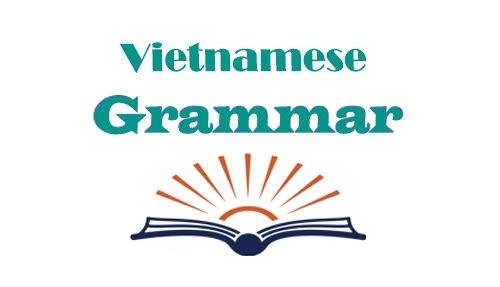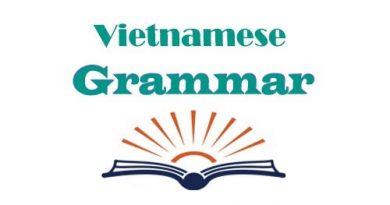How to distinguish between “chúng tôi” and “chúng ta”
In Vietnamese, both “chúng tôi” and “chúng ta” are first person pronouns. Many people think they have the same meaning but it’s wrong. “Chúng tôi” and “chúng ta” have many differences. In this post, Tiengviet24h will introduce to you: How to distinguish between “chúng tôi” and “chúng ta”.

Example
In a meeting between the director and employees, the director says:
– Doanh thu công ty chúng ta tháng vừa rồi rất tốt. Cảm ơn tất cả mọi người. Chúng tôi sẽ phát thưởng về các phòng (The revenue of our company last month was very good. Thank you very much. We will pay bonuses to employees of all departments).
In this case, the director used both “chúng ta” and “chúng tôi”. At first look, we can see that “chúng ta” and “chúng tôi” in this sentence have the same meaning. So why did the director use both of them in a sentence? Does the director want to use synonyms in a sentence? Let’s find out the differences between “chúng ta” and “chúng tôi”.
How to use “chúng ta”
“Chúng ta” indicates both speakers and listeners in a conversation. As in the above example, “chúng ta” indicates everyone in the company – including the leadership and employees.
So using “chúng ta” means that we want to talk about both speakers and listeners. In other words, “chúng ta” indicates all people participating in the conversation.
How to use “chúng tôi”
Other than “chúng ta”, “chúng tôi” indicates the speakers and those who are mentioned by the speakers and perform the same action with the speakers (those people might not participate in the conversation), but “chúng tôi” does not indicates the listeners. As in the above example, “chúng tôi” indicates the director and other people in the leadership (not including the employees). The director wants to say that he / she and other people in the leadership would pay bonuses to employees.
So using “chúng tôi” means that we want to talk about the speakers and those who perform the same action with the speakers (not including the listeners). The listeners only get information from the speakers.
Above is: How to distinguish between “chúng tôi” and “chúng ta”. See other similar posts in category : Vietnamese grammar
We on social : Facebook
